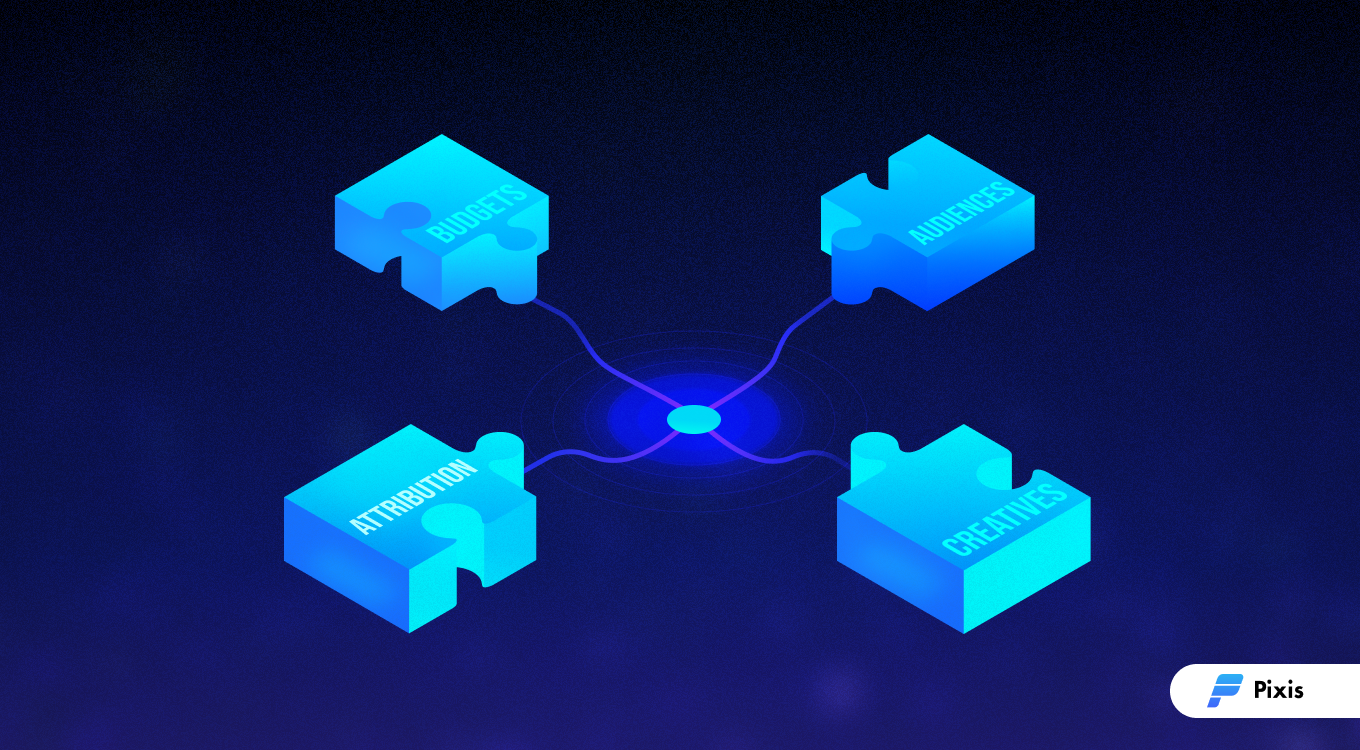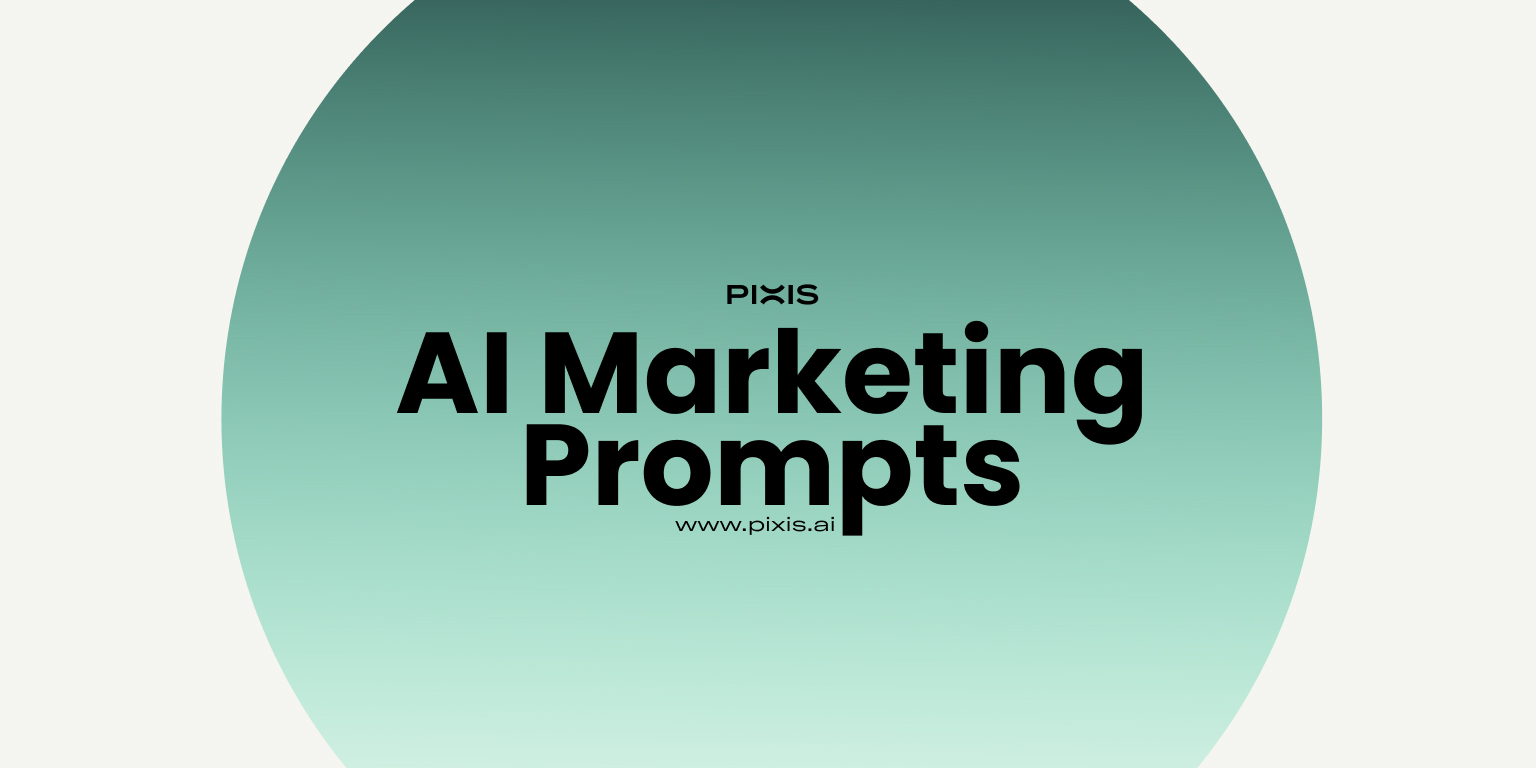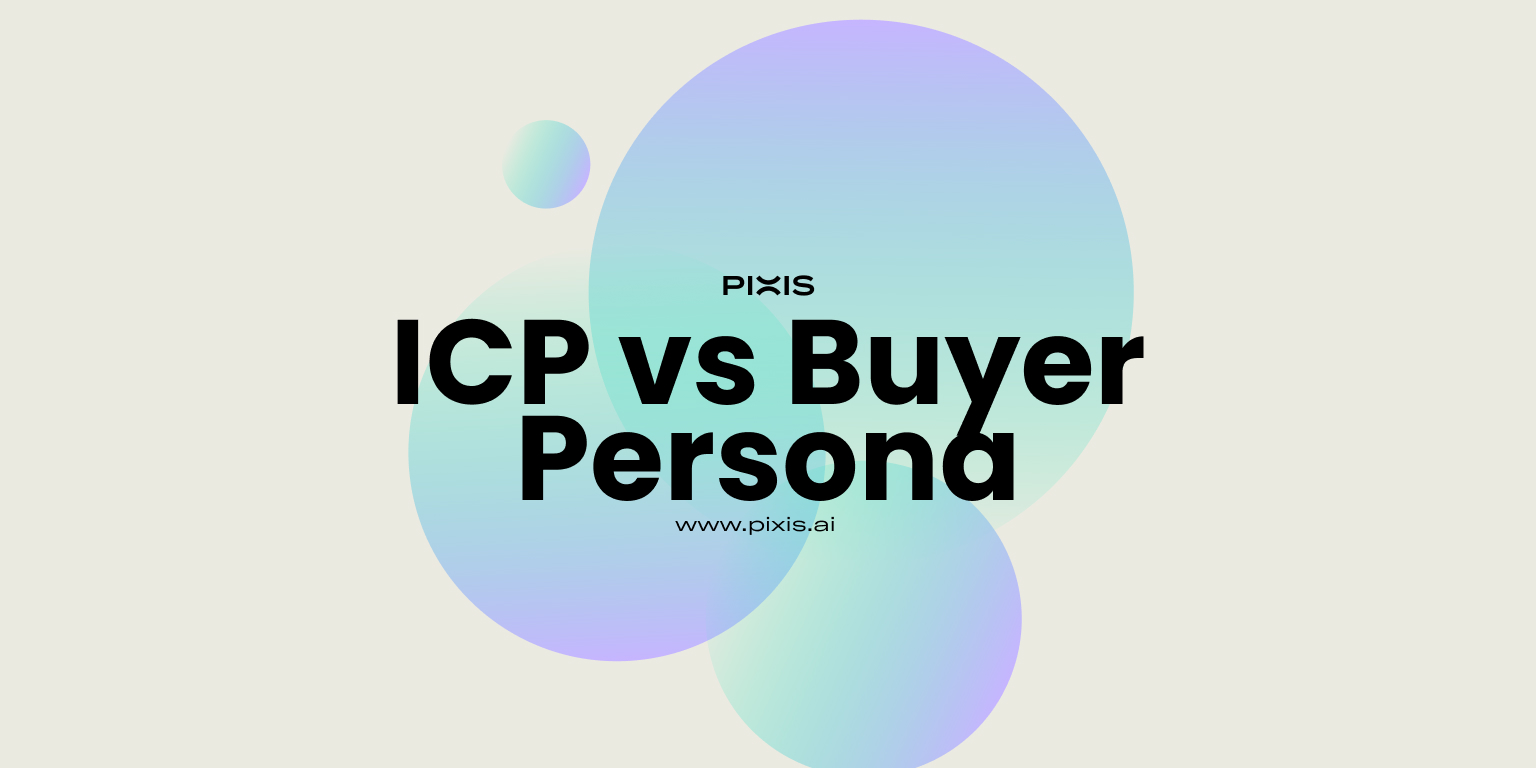Codeless AI Infrastructure for Growth Marketing: The What, Why, and How
Artificial Intelligence (AI), a term once only understood by coders and data scientists, is now being discussed and leveraged every day by marketers. Due to the democratization of artificial intelligence through codeless AI, the tech stack is no longer considered a “black box”.
Codeless AI is like a GPS system. You do not need to be an expert navigator to reach your destination. Similarly, purpose-built codeless marketing AI models have been assisting marketers in automating repetitive tasks and providing insights to reach their target, without having to learn code.
Currently, the combination of codeless AI and machine learning are completing each other like a beautiful two-piece puzzle, and making AI a highly attractive prospect. Modern businesses have begun utilizing this AI infrastructure as it is capable of yielding high returns for their marketing efforts and optimizing the marketing funnel.
Sure, existing AI marketing tools are able to analyze data or automate processes. But it is the need to leverage big data in real-time in this high-speed, constantly evolving environment that is enabling AI infrastructure’s popularity in marketing.
AI Infrastructure in Marketing
Like machine learning, marketing has always been data-driven. However, data has been raining down like hail storms, causing marketers to feel overwhelmed in utilizing it effectively, now more than ever. The multiple consumer touch points where data is being collected needs to be rapidly structured, analyzed for current trends, and mapped towards the right actions.
It is not just data that is overwhelming to marketers, it is the endless fish of competitors in the digital sea that has sparked a challenge to differentiate themselves whilst minimizing CAC and LTV. This is a space that is still predicted to grow at a CAGR of 28% to reach US$ 70.9 trillion by 2028, where brands that offer personalized consumer experiences are ones that will stay on top of mind.
This is where an AI infrastructure in marketing can be the hero. An AI infrastructure is a stack where AI enables machine learning tools to build models for any predesignated marketing task, from suggesting a strategy to executing media buying, cohort targeting, and creative A/B testing. Large data sets can be translated into optimized actions simultaneously across all the brand’s communication venues in real-time, with humans leading the way.
The aspect of automated machine learning in the AI infrastructure is the main advantage. The AI is able to coach itself on billions of historical and live data points unique to each brand. Thereby, creating specialized marketing IP for each brand when it comes to targeting, creative, and performance models that take tailored action to achieve company goals.

Deploying an AI Infrastructure
Yes, an AI infrastructure does teach itself with the enormous amounts of data points that it is continuously being fed to formulate data-backed strategies that have the best possible outcomes. However, humans are still the most integral part of the chain as they ensure the technology can achieve its full potential by steering it in the right direction.
Here are a few things we can do to leverage the AI infrastructure to achieve company goals.
Allow Time for Learning: Results are quick but it’s good to keep in mind that the infrastructure is learning from your sea of information to recommend the best way for you to beat your competitors. So, avoid changing parameters if you are not seeing immediate results.
Identify where AI fits your strategy: Consider what you want to achieve with your marketing strategy, such as accurate targeting, driving engagement, optimizing media buying, or maybe all of the above through multiple purpose-built models working simultaneously. Digital finance service provider Klar utilized Targeting and Performance AI together to improve multiple metrics.
Deploying an AI infrastructure is a convenient solution to rising Customer Acquisition Costs (CAC) and scalability issues in several ways. Not only does it take just a few minutes to integrate AI into existing workflows, but the codeless aspect of it also offers a user-friendly interface that simplifies setting it up. Additionally, marketers gain an idea of the most effective approaches through AI’s constant learning and transparency of contemplation behind every recommended action. Such levels of endless insights can help businesses create more personalized and targeted subsequent campaigns.
Our AI infrastructure’s capability to autonomously provide new strategies in real-time, while giving marketers a much-needed break, is the superiority it has over other marketing AI tools. It may be worth a read in a future blog, so stay tuned!
How can an AI infrastructure help you achieve your marketing goals? Book a free demo with Pixis AI.




